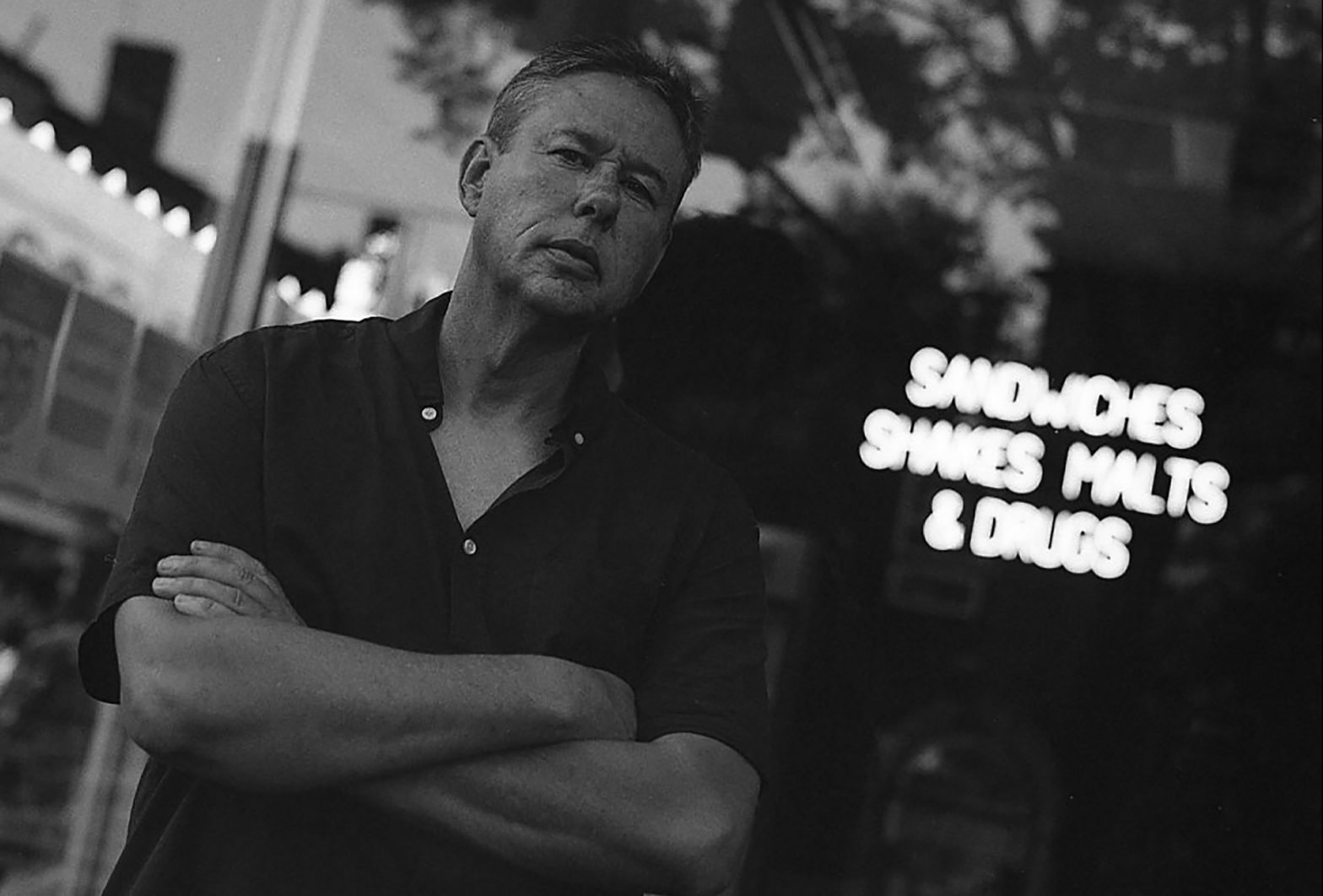Charlottesville music scene photographer Rich Tarbell’s new book of portraiture is a no-filters cross section of local singers, songwriters, and industry supporters, and it’s a should-have for any Charlottesville audiophile.
But let’s get to the part you’ve heard before: The project, like so many other artistic endeavors, was inspired by the COVID-19 pandemic.
We all know the pandemic devastated the arts in general and live music specifically. Fortunately, all the downtime and new perspectives among creatives also ignited fresh sounds. It was a silver lining for music lovers who knew where to look. And if anyone knows where to look, it’s Tarbell.
Set for a November 26 release, Regarding Charlottesville Music II was inspired by both Tarbell’s own pandemic experience and conversations he had with musicians about theirs. Coincidentally, he happened upon a 50-year-old Hasselblad 500C camera early last year. He used it to take outdoor pics of Chamomile & Whiskey’s Koda Kerl and Marie Borgman on March 30, 2020. A few days later, he made portraits of Eli Cook. He thought he might be onto something.
“The photographs had an unintentionally morose feel to them that seemed to anticipate the uncertain times we were entering,” Tarbell says.
Inspired, Tarbell bought darkroom equipment and taught himself to develop photos in his basement. By the end of September, he’d captured and developed hundreds of analog images, and 87 of them appear in Regarding Charlottesville Music II.
So to review the timeline: Tarbell bought an unfamiliar camera in early 2020, started taking pics with it that March, learned to develop film in the next few months, and compiled a book of the images in about a year and a half. It was a crash course, and Tarbell is the first to admit every one of the images isn’t technically perfect. But the process was in keeping with the photog’s backstage-access M.O. as a music industry scenester.
“I’m not saying I’m the world’s greatest photographer,” Tarbell says. “It’s about luck, timing, and access—and friendship and trust. Those are the five things. Once you are in, you are in.”
Tarbell moved to Charlottesville in 1987 to attend UVA. He was an aspiring musician but knew he had limitations. He aged, settled down, and essentially gave it up. He was still around musicians, though, and picked up “a crappy old digital camera.” He taught himself to point and shoot, then improved. According to Tarbell, if you can take pictures in concert conditions, you can do it anywhere—“it’s like learning to drive stick in the mountains,” he says.
Still, it was never technical excellence that gave Tarbell’s work weight. It was being backstage and around talent, being to Charlottesville musicians what Jay Blakesberg was to the Grateful Dead, Ricky Powell was to the Beastie Boys, or Danny Clinch was to the Boss.
For Tarbell, befriending local music talent led to access to regional talent and eventually national talent. In the case of the Dave Matthews Band, Tarbell’s access grew from local to national on its own.
That means Tarbell’s new book features exclusive images of Matthews, Tim Reynolds, and Carter Beauford alongside local standouts like Terri Allard, Harli Saxon, and Charlie Pastorfield. Then there are the behind-the-scenes folks: Danny Shea, Terry Martin, Kirby Hutto, and Patrick Jordan, among others.
Interspersed throughout Regarding Charlottesville Music II are concert fliers, some of which Tarbell helped produce, and essays from select musicians. Tarbell says he began talking to people about the pandemic thinking he would approach the new book’s narrative much like he did in Regarding Charlottesville Music. In that work, he interviewed local musicians over eight months and crafted a conversational oral history. This time around, Tarbell found the interviews repetitive.
“This book is four years after the first, so there’s not a whole lot to revisit,” Tarbell says. “And I realized when talking about the pandemic, everybody’s experience was about the same. So I decided not to bother everyone with that. I didn’t want it to be super depressing.”
The resulting essays feature a few stories about the pandemic’s devastation, but also plenty about its inspirations, thoughts from those pushing through like nothing changed, hope for the future, and touching tales from C’ville’s musical past. The Beetnix’s Damani Harrison tells the story of how Johnny Gilmore and Wonderband kept him in Charlottesville. “They played Thursdays and I went every Thursday for like two months by myself,” Harrison writes in Regarding Charlottesville Music II. “I thought, if this is here, I’ll stay. Rest in peace Johnny.”
Tarbell says he never planned to do a follow up to Regarding Charlottesville Music, and he doesn’t plan to do another book in the future. But the pandemic created the right conditions to change his plans.
“The first book was musicians in their comfortable space, their studio, their basement, what have you,” Tarbell says. “For this one, I started with friends, the few people I would see outdoors. I started pursuing it when the seriously fearful part of the pandemic was over and we could at least not be terrified to go out.”
